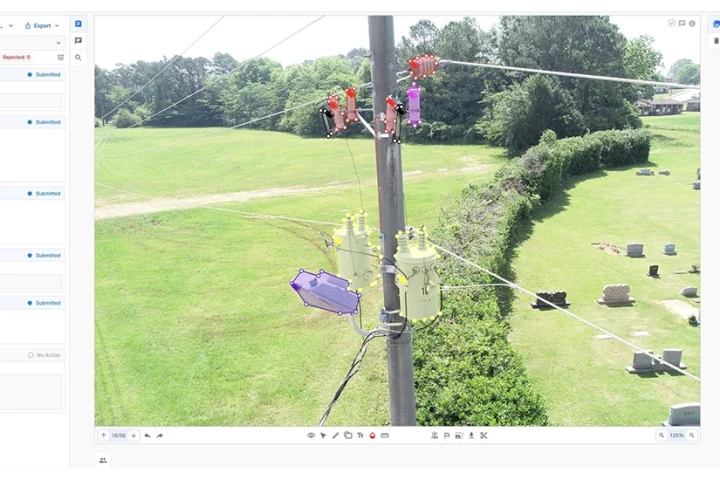In today’s digital world of cloud, mobility, analytics and data, the focus for both business and consumers is to find answers to their problems. Just building a solution or buying devices and applications, without coming up with an answer, in the shortest possible time and most economical manner, will sooner or later prove meaningless and futile.
While there are myriad number of such tools available, selecting the right tool, for the right problem and for the right data, will only lead to a favorable outcome. The objective of any data scientist is therefore to be successful in finding the right solution based on the business expectation of the end-customer.
The objective is not to build complex models and complex solutions increasing the challenges faced by end-customers. By finding a solution to an end-customer’s business challenges, data scientists can be enablers in their financial productivity. Even a 1% saving in direct costs can add to substantial profits at the end of the year.
Other than finding solutions and reducing complexity, data scientists also focus on two other objectives. One is building and planning for failure as a natural part of the process of finding a solution. Data scientists learn from failures, but because the processes are of much smaller scope, their impact on time and cost is also minimized. This is referred to by data scientists as AnalyticOps.
The other objective is to broad base the efforts to find a solution to a particular problem into other areas as well. Often while looking for a solution to one problem, solutions for other areas can be also be discovered along the way.
So, while data scientists may have a particular objective and may be fixated on finding that solution, in the shortest possible time, there are other opportunities and discoveries that may present themselves, that can be tackled along with the primary objective.
Data scientists focus on the problem in its entirety and the adjacent ecosystems that influence the parameters defining the problem. By focusing on the cause and effect of the problem and its solution, it is easy to see other factors that can be modelled along with the primary problem and its solution.
Data scientist teams that work with businesses to find solutions to their problems, are often cross functional teams that leverage each other’s skills at various points of time during a project. Hence the nature of the team is sometimes fluid and sometimes changing based on the demands of the project as it progresses.
While focusing on tackling the bigger problems, solutions for many of the smaller problems seem to fall into place, much faster and easier, than if they were attempted singularly, one by one.
Key takeaways
- A 1% saving in costs can add to substantial profits at the end of the year.
- The objective is not to build complex models increasing the challenges faced by end-customers.
- By finding solutions to a business challenges, data scientists can be enablers in financial productivity.
- Nature of the team is fluid and changing based on the demands of the project.
- While focusing on tackling bigger problems, solutions for many of the smaller problems seem to fall into place.
Data scientists are brought in by businesses to find solutions to problems including failures and hidden opportunities, explains Islam Zeidan at Teradata.





















